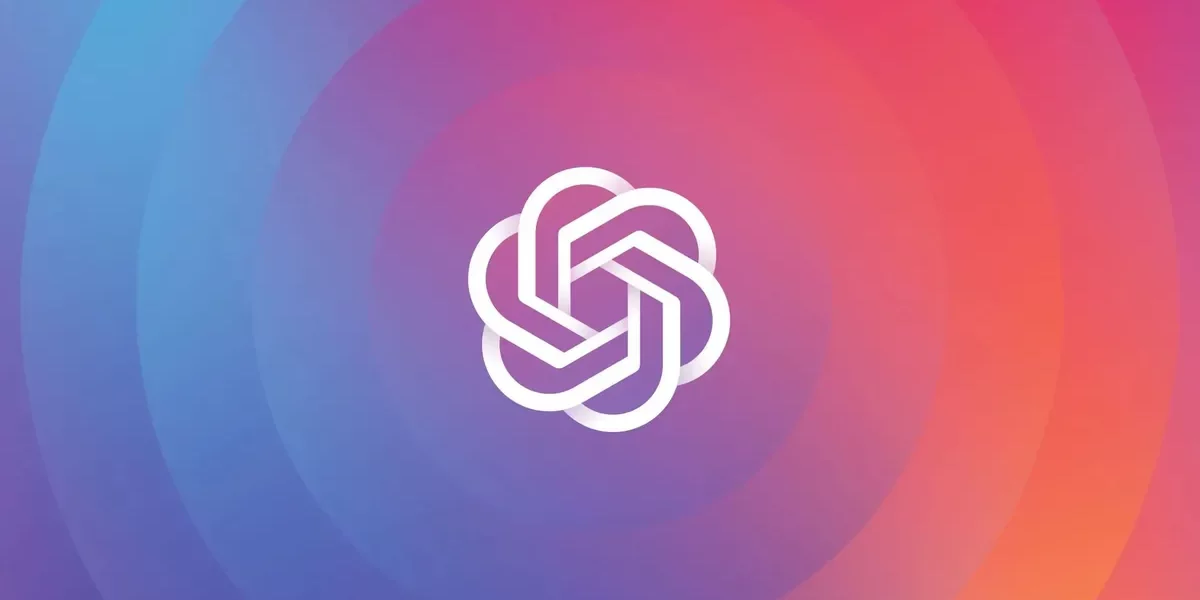
I’ve never hesitated to train an AI chatbot with my own writings, especially after OpenAI made a breakthrough. OpenAI CEO Sam Altman introduced the “GPT” feature at the company’s inaugural developer event in November, just before a tumultuous week in leadership. Before the advent of tailor-made GPTs, ChatGPT, equipped with web-browsing capabilities, was adept at scouring my articles to respond to queries on everything from improving prompts to deciphering obscure creepypastas.
So, I thought, why not dive in and test if the chatbot can accurately replicate my style? Let’s delve into the realm of AI together and explore how to construct one of these so-called GPTs using OpenAI’s toolkit.
Like many of OpenAI’s latest offerings, the GPT builder is exclusive to subscribers of the $20-per-month ChatGPT Plus. (GPT stands for generative pre-trained transformer.)
“At our developer event, we emphasized our commitment to developing AI that’s smarter, more personalized, and capable of handling a wider range of tasks autonomously,” Altman remarked. He envisaged a future where you could simply ask a computer to perform tasks for you. He explained that GPTs are specialized versions of ChatGPT, fine-tuned for specific applications. These custom chatbots can be tailored with distinct instructions and extra data for better contextual understanding.
But it’s not just about enhancing the chatbot’s context; GPTs can seamlessly interact with other software. Altman highlighted how OpenAI has advanced its plugins to enable custom actions for GPTs. For instance, OpenAI team member Jessica Shay showcased a tool created by Zapier that can identify scheduling conflicts and automatically send Slack messages to colleagues.
Mimicking My Style with GPT
Despite its complexity, crafting one of these doesn’t require extensive technical knowledge. Just a basic understanding of English and some spare time will suffice. Start by logging into OpenAI’s website and heading to the ChatGPT section. Click ‘Explore’ in the top-left corner. Scroll down to discover various GPT examples, like chatbots that explain complex board games, assist with data analysis, or teach you to concoct exquisite mocktails.
Experiment with these examples to grasp how they differ from the standard ChatGPT experience. When you’re ready to create your unique GPT, go back to this page and select ‘Create a GPT’. Your screen will split: the left side for building the tool, and the right for previewing your GPT.
In the ‘Create’ section, you’ll start by prompting the chatbot about your goals for the new GPT and its expected responses. I introduced myself to the AI and expressed my aim to develop a chatbot mirroring my writing style, potentially to replace me.
It then created a chatbot profile picture using Dall-E 3. The initial designs were a futuristic quill pen and a holographic laptop, which were fine but not quite there. After requesting something more fitting and the addition of the magazine logo, it generated an image of a neon keyboard with iconic block letters.
Moving to the ‘Configure’ section, most fields were pre-filled. The GPT’s name, description, instructions, and conversation starters were tailored to my specifications. Here’s a draft of the custom instructions it generated, based on my initial input:
The GPT will emphasize clarity, engaging storytelling, and journalistic integrity, refraining from straying too far from established style.
The chatbot claimed it didn’t have direct access to my writing style. This is where the option to upload additional data comes in. Under ‘Knowledge‘, select ‘Upload files‘. It’s crucial to avoid uploading sensitive or personal data, as it might be exposed through prompt injection attacks.
I faced a hiccup when trying to upload more than ten documents, prompting a rethink. I consolidated my articles into two comprehensive documents, covering my tenure at the magazine, and uploaded them to ChatGPT.
Another key feature in the ‘Configure‘ section is enabling capabilities like web browsing and image generation. At the bottom, in ‘Additional Settings‘, you can opt out of having your GPT’s conversation data used for OpenAI’s model improvements.
To publish your GPT, head to the top-right corner and click ‘Update‘. You can set your custom chatbot for private use, accessible via a direct link, or for the public. Confirm your choices to


